Arturo Rivera has been on a mission to promote and celebrate Mexican Artesanias in Chicago for the past five years. His journey begins in San Luis Potosí and Chiapas, where he sources a diverse range of handcrafted treasures, from intricately carved wooden alebrijes to delicate chaquira jewelry. But it all started with the rebozo, an iconic Mexican garment.
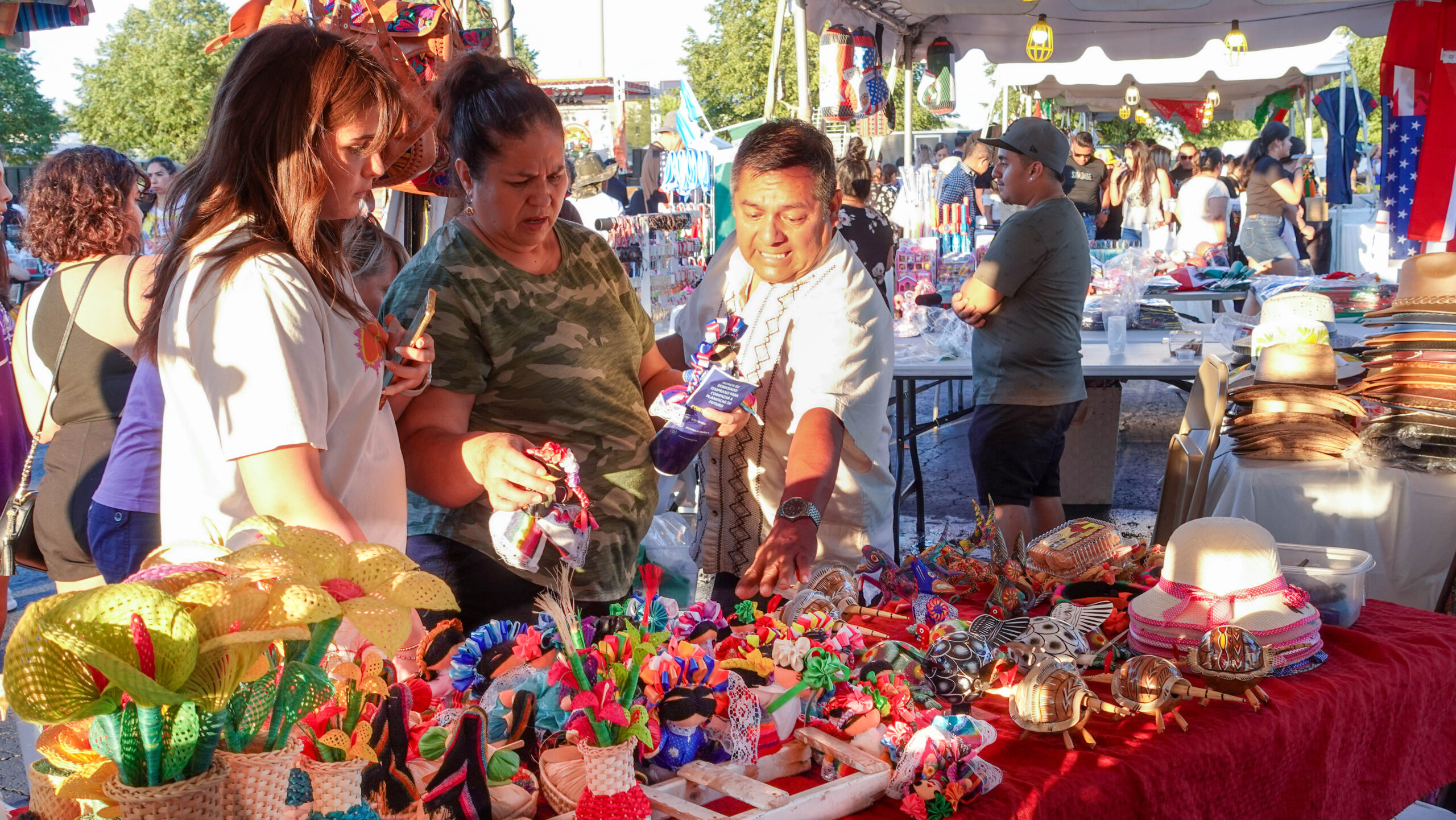
Arturo Rivera (left) sells a selection of Mexican Artesanias at his vendor booth during El Festival de La Mariposa Monarca in Glendale Heights. Rivera says,
“My mother was a skilled rebozo artisan, and I vividly remember watching her work tirelessly on these garments. I witnessed the dedication and hours she poured into her craft.”
Indeed, the rebozo is more than just an article of clothing; it’s a cultural symbol. Mexican women use it as a functional accessory and a statement of their identity. Whether for warmth during chilly days, a touch of modesty, or a convenient way to carry their infants, rebozos hold a special place in Mexican heritage.
Mexican craftsmanship covers various artistic disciplines:
- Pottery and Ceramics
- Vegetable Fibers and Textiles
- Woodwork, Maque, Lacquer, Musical Instruments, and Toys
- Cardboard and Paper Crafts, Folk Art, Candles, and Fireworks
- Metalwork, Jewelry, and Goldsmithing
- Lapidary, Stonework, and Glass Artistry
- Saddlery and Leather Goods
- Traditional Foods and Sweets
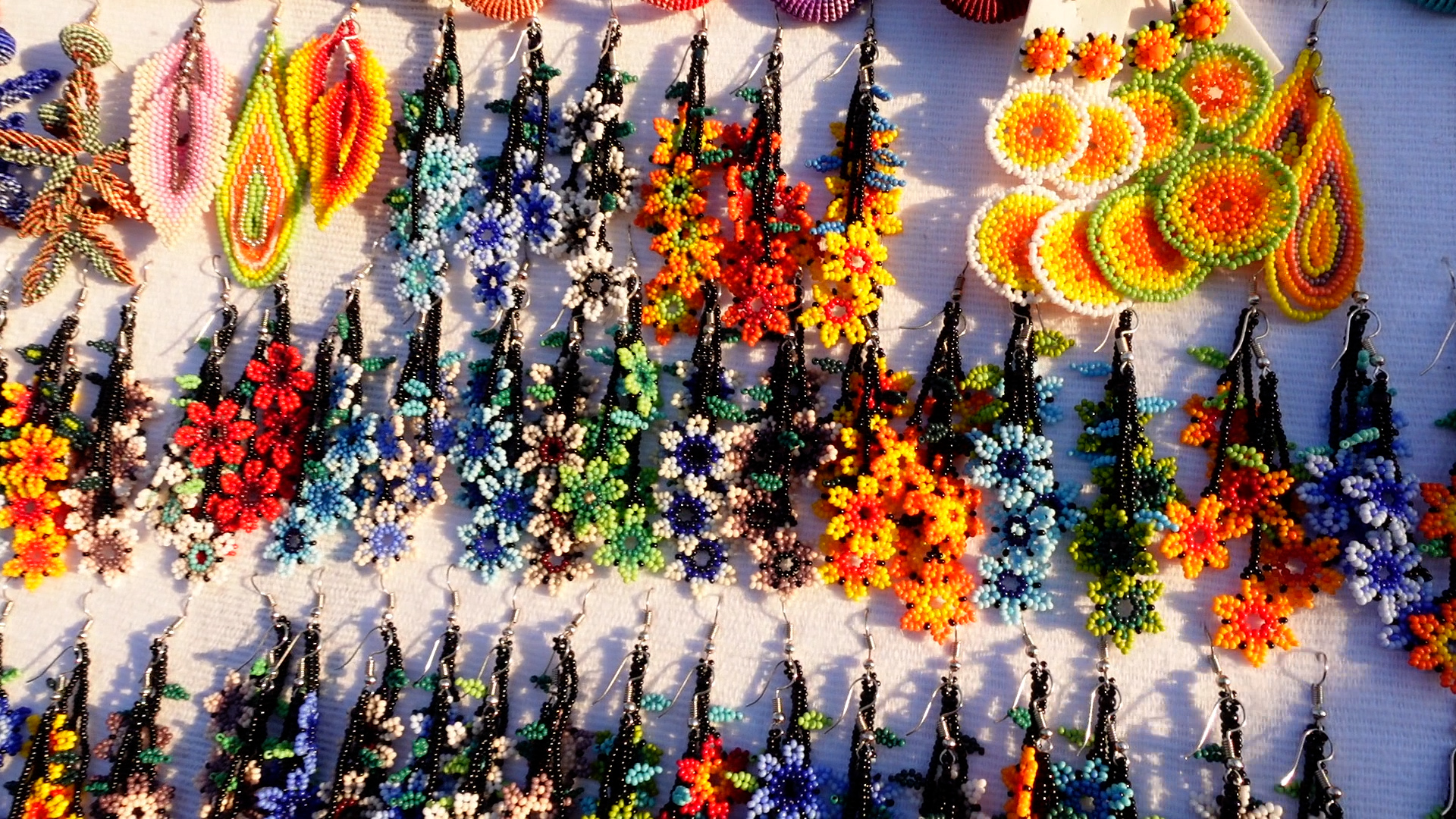
Each craft is intrinsically tied to a specific Mexican region. For instance, Chaquira jewelry thrives in Baja California Norte, Colima is renowned for huaraches, Durango for its masks, Nayarit for clay pottery, and Oaxaca for traditional embroidery.
With their intricate works, artisans are the custodians of Mexico’s cultural identity. They keep alive the customs, traditions, and stories that define the country.
Rivera is a frequent traveler to Mexico, perpetually searching for new treasures to enrich his collection. He aims to expand his business and support the artisans who create these masterpieces.
Economic Realities of Mexican Artisans
Now shifting our focus, in early 2023, Mexico reported 6.3 million artisanal workers earning an average of $6,000 MX pesos monthly, equivalent to USD 360.
The National Fund for the Promotion of Crafts (FONART), known as “Fondo Nacional para el Fomento de las Artesanías” in Spanish, is a government agency in Mexico with a crucial mission – to support, promote, and preserve the country’s rich tradition of craftsmanship. FONART plays a pivotal role in fostering the growth and sustainability of the artisanal sector in Mexico.
Recognizing the cultural and economic significance of the artisanal sector, FONART has put forth several recommendations to bolster this industry and assist artisans:
- To provide financial assistance and grants to individual artisans and artisan communities. This support is essential for helping artisans continue their craft, improve their skills, and sustain their livelihoods.
- Prioritize assistance for vulnerable groups within the artisan community, including youth, indigenous communities, and women artisans.
- Coordinate federal, state, and municipal efforts to enhance the promotion and appreciation of traditional crafts. Expand sales channels and facilitate international exports.
- Encourage artisans to professionalize and embrace modern tools like online stores to broaden their reach.
Arturo Rivera believes he’s doing his part to support fellow artisans by exporting and selling Mexican Artesanias in Chicago.
He says,
“In conversations with artisans, they often shared how challenging it was to sell their creations. It’s my joy to distribute and sell these crafts, supporting Mexican artisans who deserve recognition and assistance.”
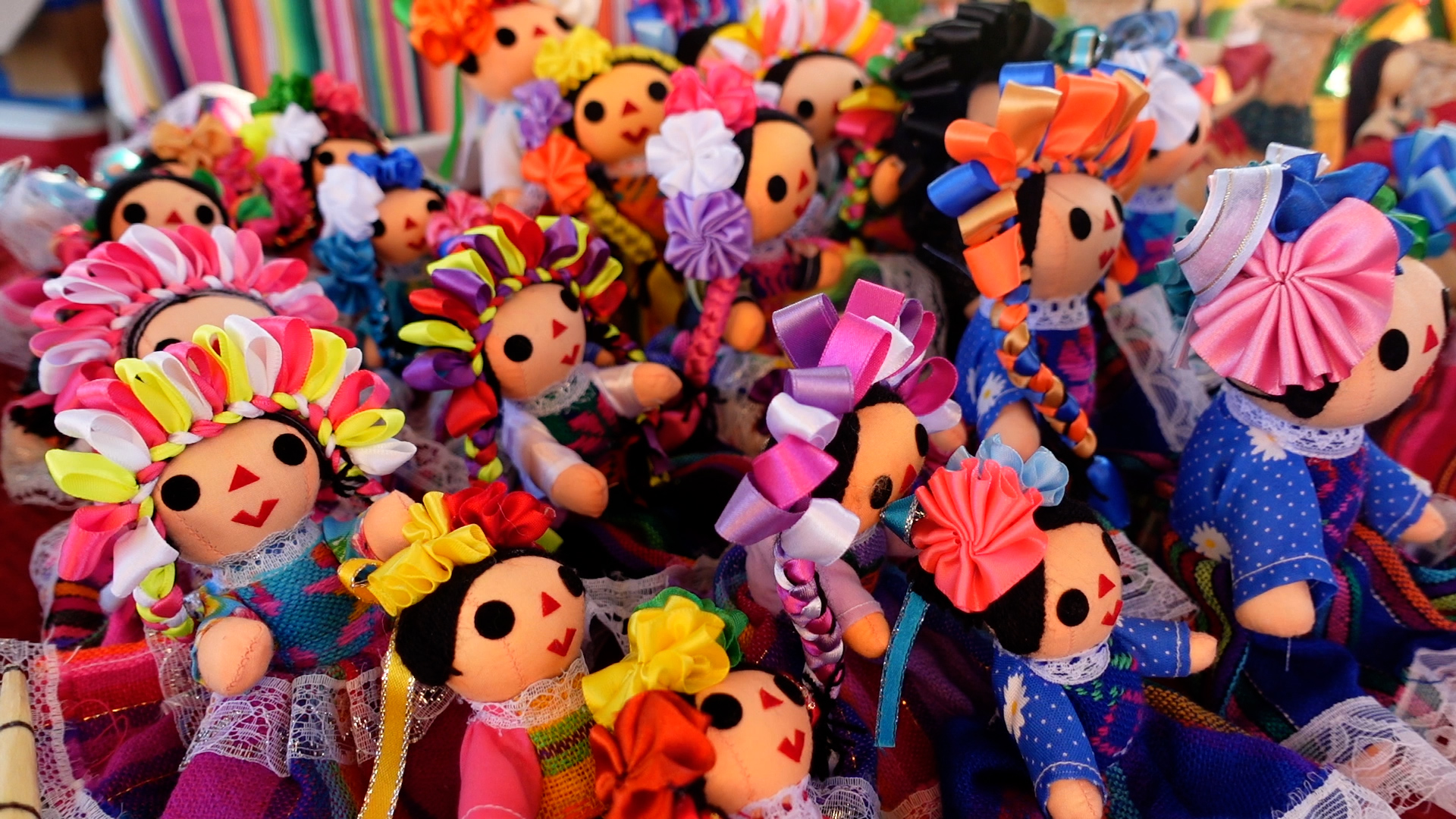
These rag dolls, María or Lele, are symbolic in Mexico. They originate from Michoacán and the State of Mexico and represent the creativity and craftsmanship of artisan women of the Mazahua ethnic group.
Bridging Cultures Through Artesanias Commerce in Chicago
Transitioning to the discussion of Rivera’s presence in Chicago, when Arturo isn’t showcasing Mexican Artesanias at community festivals in Chicago, you can find his booth in Chicago’s vibrant Pilsen neighborhood, nestled between 18th and Paulina streets.
Rivera’s booth in Chicago’s Pilsen neighborhood caters to a primarily Hispanic customer base.
He says,
“I believe it’s because we all have a shared nostalgia for our homeland. These crafts connect us to our roots.”
However, Chicago’s unpredictable weather sometimes forces the cancellation of community events, hindering merchants like Rivera.
To support Mexican merchants in the Chicago area, he says:
“We need more organizations supporting cultural events and more affordable event options for vendors like us. High event costs often limit our participation.”
Despite Rivera’s challenges, Mexican craftsmanship has become more widespread, even beyond Latino neighborhoods like Pilsen and Little Village in Chicago. Today, Mexican artistry finds its place on the iconic Michigan Avenue for the first time, drawing visitors from across the globe.
Colores Mexicanos: Elevating Mexican Artesanias in Chicago’s Michigan Mile
Colores Mexicanos,” a two-story store located on the renowned Michigan Avenue in the heart of Chicago. This store has played a pivotal role in bringing Mexican craftsmanship to mainstream American culture.
You can check out the Colores Mexicanos store along the Magnificent Mile at 605 North Michigan Avenue.
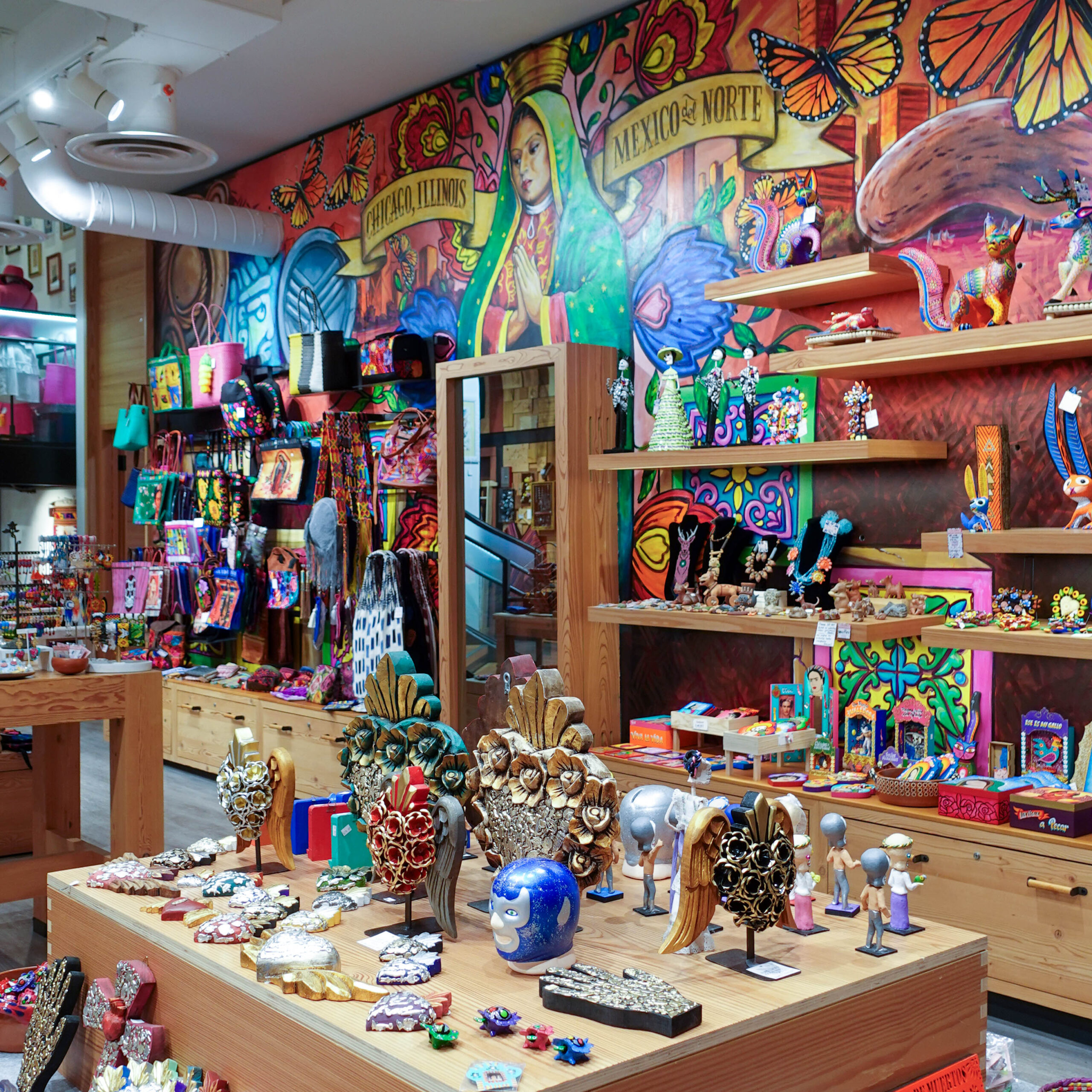
“Colores Mexicanos” has transcended traditional cultural enclaves by positioning itself on this bustling avenue. It reaches thousands of visitors from diverse backgrounds daily. The significance of this store lies in its ability to offer a wide array of Mexican crafts and serve as a cultural bridge, introducing the beauty and intricacy of Mexican artistry to mainstream USA culture.
These businesses don’t just stimulate economic exchanges between the two nations but also cultivate a deeper appreciation for Mexican culture and heritage in the United States. These ventures aren’t merely businesses; they are conduits for cultural exchange, promoting the vibrant legacy of Mexico on American soil.
Exploring Mexico’s Cultural Heritage Further
To delve deeper into the various artistic disciplines of Mexican craftsmanship, explore pages 13 and 14 from this report by government organizations like the Secretaría de Desarrollo Social, the Government of the United Mexican States, FONART, and the Instituto de Estadística y Geografía.
Like Mexican Artesanias in Chicago, Danza Azteca is another captivating facet of Mexico’s indigenous people and cultural heritage. Aztec dancing is practiced and performed by Latino communities in Chicago to maintain cultural roots and pass on the indigenous heritage of Mexico to new generations. Learn more about the ritual of Danza Azteca in my blog post, Exploring the Indigenous Origins of Mexican-Latinos.


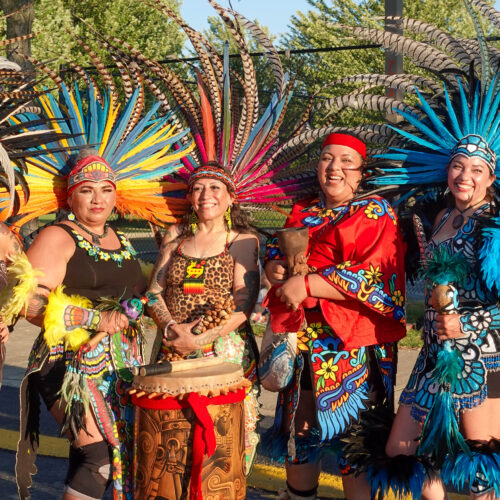
fantastic post, very informative. I’m wondering why the other specialists of this sector don’t notice this. You should continue your writing. I am confident, you have a huge readers’ base already!
Hi there, I discovered your site by means of Google while looking for a similar matter, your site came up, it seems great. I have bookmarked it in my google bookmarks.